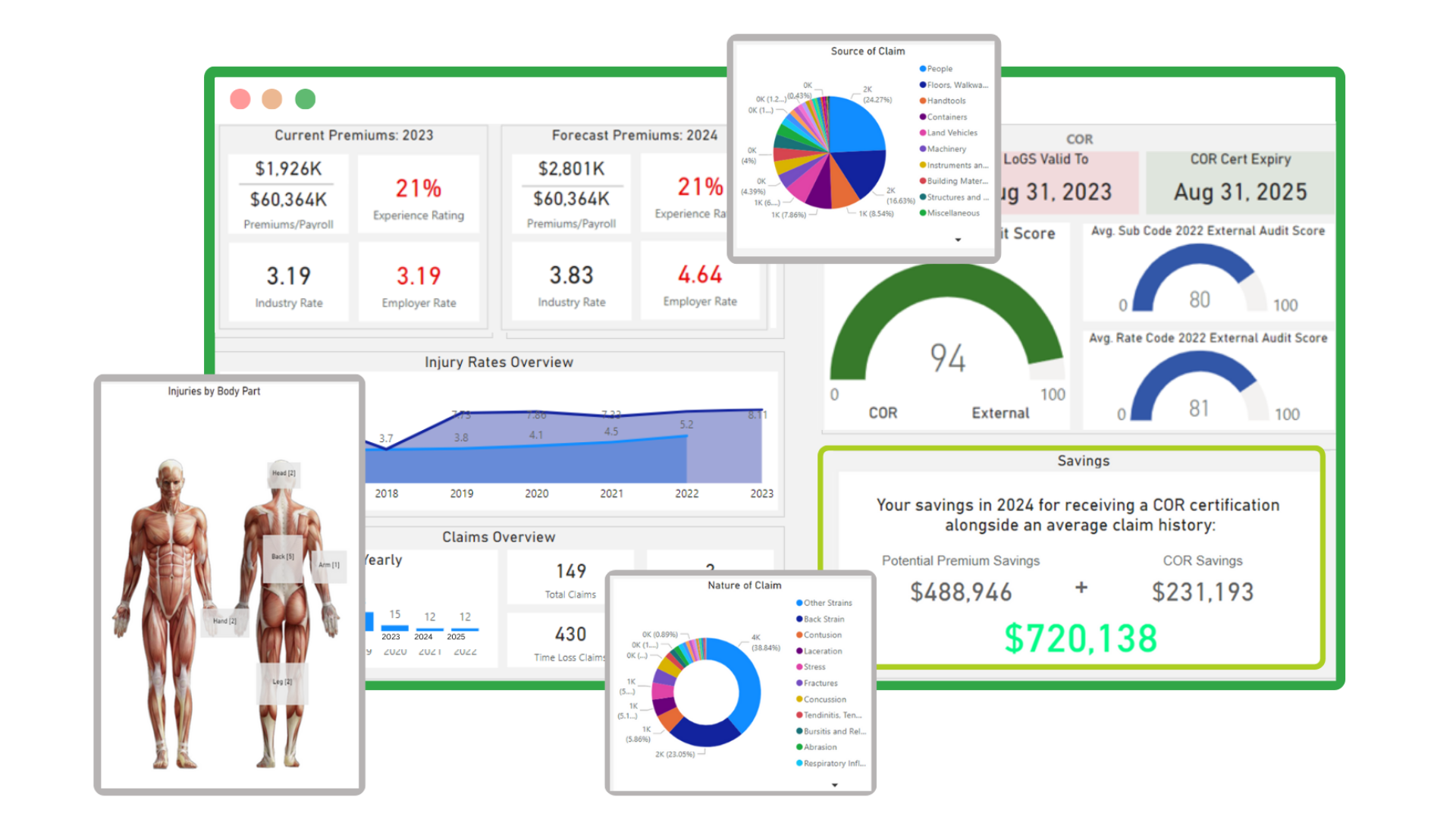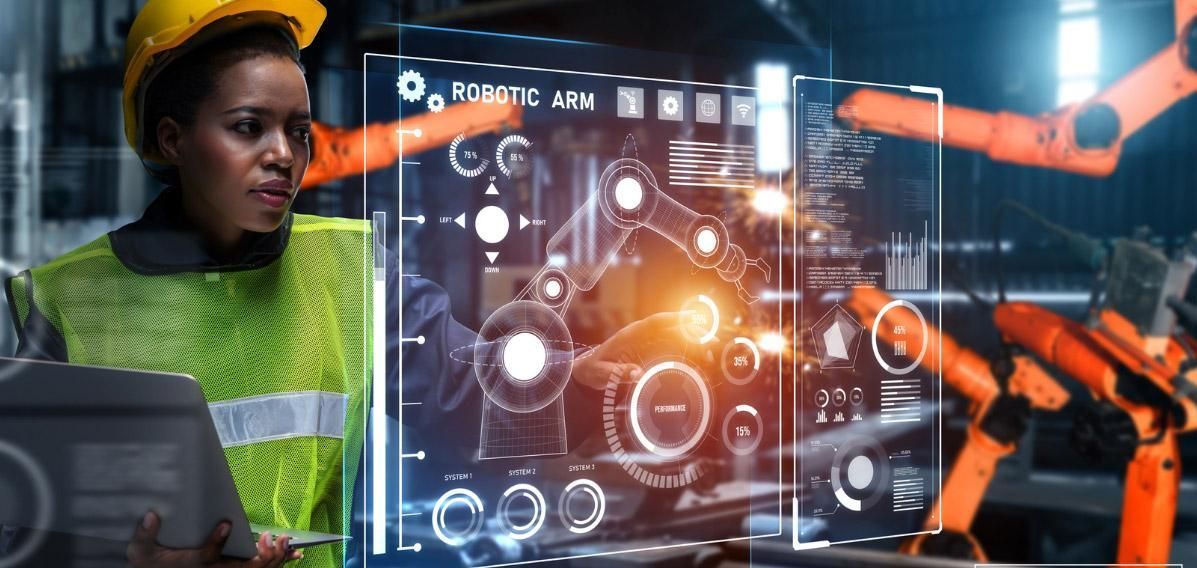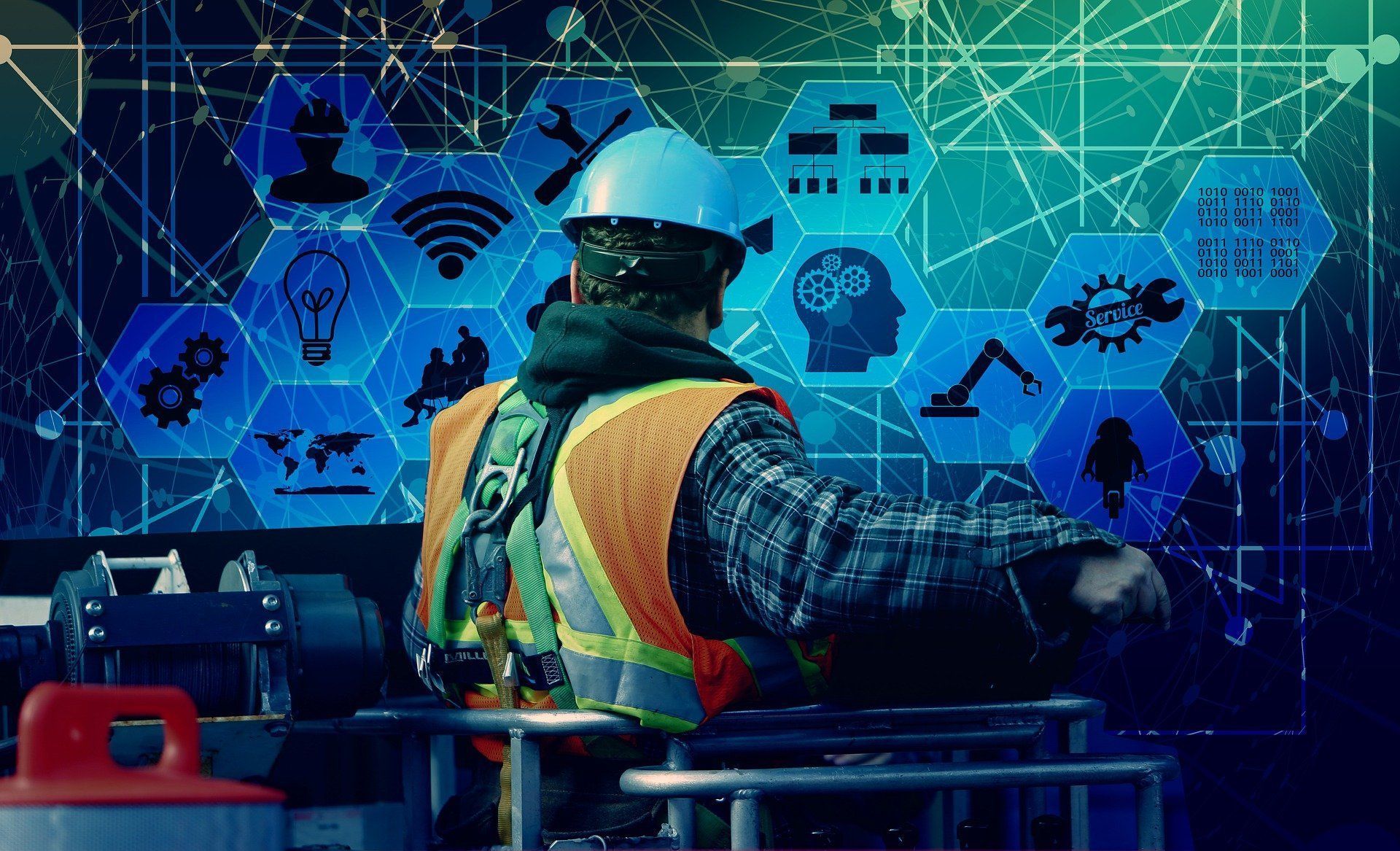Is a Stressed Worker a Safe Worker?
Author: Tony Mudd, CSP Published: 3/04/2022 Time: 3 Minutes
Stress in the workplace is something we know all too well. Whether it's working from home or going back into the office, Safety Professionals across the globe may encounter different team members who are irritated, grumpy, isolated, and tense. Stress affects American worker safety performance in so many ways. According to the article, The Effects of Acute Stress on Performance: Implications for Health Professions Education, “Elevated stress levels can impede performance on tasks that require divided attention, working memory, retrieval of information from memory, and decision making”.
In addition, the article, The Effect of Stress on Employee Performance and Job Satisfaction stated that "High levels of worker stress contribute to decreased organizational performance, decreased employee overall performance, high error rate and poor quality of work, high staff turnover, and absenteeism due to health problems such as anxiety, emotional disorder; work-life imbalance; depression and other forms of ailments such as frequent headache; obesity and cardiac arrests."
We do know that sources of workplace stress vary. In an article, Employee Burnout, Part 1: The 5 Main Causes, the author identified five main causes of stress for employees:
- Unfair treatment at work.
- Unmanageable workload.
- Lack of role clarity.
- Lack of communication and support from the manager.
- Unreasonable time pressure
Many discussions about workplace stress are often focused on productivity, however, organizations should also pay attention to the impact it has on overall workers’ Health and Safety.
Stress can be a total distraction. According to the Mental Health Foundation, stress is "The feeling of being overwhelmed or unable to cope with mental or emotional pressure". Unfortunately, this is often the experience of so many workers in the workplace. Not only is this a common experience for so many employees, but it is often an unspoken one. Many times, workers will experience stress concerning things that they've heard about in the workplace, ranging from rumors regarding layoffs, a recent disagreement with a coworker, or an upcoming deadline they've yet to meet. This level of stress, gone unaddressed, can often overwhelm the mind, cloud judgment, and ultimately lead workers to forget safety protocols or make mistakes that lead to injury.
Stress can lead to taking risky shortcuts. Taking shortcuts really means performing a job with minimal effort. Why would someone do this on the job? Oftentimes the answer is stress. When a worker is stressed, shortcuts often seem like the best line of defense to fight against the reality that they just don't have the brainpower, energy, or motivation to get a task done the way they know it should be. Unfortunately, this risk of taking shortcuts can lead to injury or even death in the workplace. Even if all safety precautions are followed, the moment a worker decides to perform a job with minimal effort, taking a shortcut to complete the task at hand, they run the risk of causing harm.
Stress can lead to worker substance abuse. Drugs and alcohol are often used as maladaptive coping skills to cope with high levels of stress. This includes stress both inside and outside of the workplace. Oftentimes, stress that exists outside of the workplace finds its way inside the work environment, which causes strain for employees. Some employees will then turn to substances as a false sense of support to assist them with the daily tasks of their jobs. Not only is this a concern for the mental health of so many workers, but it also creates problems for worker health and safety, jeopardizing the safety and well-being of workers and their counterparts.
Stress can contribute to workplace violence. According to the National Safety Council, every year, millions of American workers report having been victims of workplace violence. In 2020, according to Injury Facts, assaults resulted in 20,050 injuries and 392 fatalities.
Certain industries, including healthcare, service providers, and education, are more prone to violence than others. Taxi drivers, for example, are more than 20 times more likely to be murdered on the job than other workers, according to OSHA.
An alarming number of workplace injuries are due to assaults. While other factors are often at play in workplace violence incidents, stressed-out workers are more likely to engage in acts of violence, which can lead to worker injuries or even traumatizing situations.
As a Safety Professional, I believe that employers have a responsibility to maintain safe workplaces for their employees. This includes helping employees manage stress, whether that stress stems from work, their personal lives, or the COVID-19 pandemic. This doesn’t mean that work should always be stress-free, as we know that stress is a natural part of life. However, it is important for organizations to help their workers manage stress at high levels so that those workers can continue to be healthy and productive. From my experience, it has always been a good idea for employers to conduct quarterly stress studies on their workers to help determine how team members are feeling. They can even go as far as hiring Licensed Therapists to come in and talk with the team about stress management skills and techniques that can be used on the job.
I hope you enjoyed this article.
Stay Safe & Stay Healthy!
#SensoriSafety #VisionTraining #VisionTesting #ForkliftOperator #CraneOperator #manufacturing #construction #sleep #workersafety
Noted Sources
Ajayi, Samuel, Effect of Stress on Employee Performance and Job Satisfaction: A Case Study of Nigerian Banking Industry (April 11, 2018). Available at SSRN: https://ssrn.com/abstract=3160620 or http://dx.doi.org/10.2139/ssrn.3160620
LeBlanc VR. The effects of acute stress on performance: implications for health professions education. Acad Med. 2009 Oct;84(10 Suppl):S25-33. doi: 10.1097/ACM.0b013e3181b37b8f. PMID: 19907380. https://pubmed.ncbi.nlm.nih.gov/19907380/#:~:text=Results%3A%20Elevated%20stress%20levels%20can,from%20memory%2C%20and%20decision%20making. https://www.gallup.com/workplace/237059/employee-burnout-part-main-causes.aspx
Why Stress is a Workplace Safety Issue. (2020, August 5). Columbia Southern. Retrieved February 18, 2022, from https://www.columbiasouthern.edu/blog/august-2020/stress-and-safety-in-the-workplace
Workplace Violence - National Safety Council. (2022). National Safety Council. Retrieved February 18, 2022, from https://www.nsc.org/workplace/safety-topics/workplace-violence#:%7E:text=Every%20year%2C%20millions%20of%20American,according%20to%20Injury%20Facts%C2%AE.








ABOUT US
Since 2021, Sensori Safety has been dedicated to disrupting traditional safety through accident prediction technology.
OUR SERVICES
All Rights Reserved | Sensori Safety | Human Performance Technology ©2024



